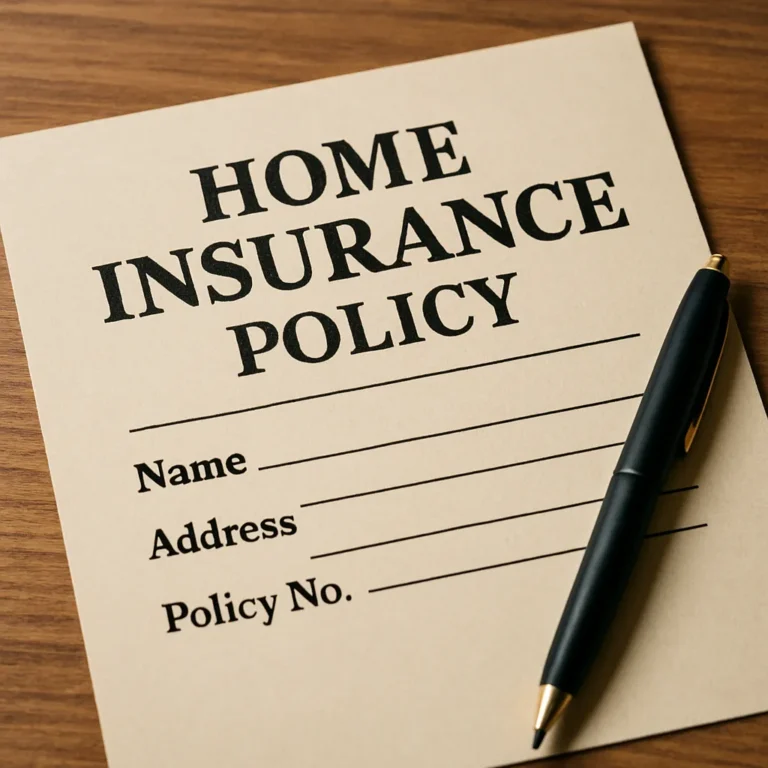Home Insurance Nashville TN Tennessee
Introduction Finding the right home insurance in Nashville, TN, is essential for protecting one of your biggest investments—your home. With the right coverage, you can safeguard your property and personal belongings from unexpected events like natural disasters, theft, or accidents. But how do you choose the best policy among the many options available? In this article, we’ll guide you through the key aspects of finding affordable home insurance in Nashville, TN, and help you understand what factors influence home insurance rates. Understanding Home Insurance Basics Before diving into the specifics of home insurance in Nashville, it’s important to understand the basics. Home insurance is a policy that covers losses and damages to your home and assets within it. A standard policy typically includes coverage for the structure of your home, personal belongings, liability protection, and additional living expenses if your home becomes uninhabitable due to a covered event. Key Components of Home Insurance Dwelling Coverage: This covers the physical structure of your home, such as walls, roof, and built-in appliances. Dwelling coverage is the foundation of any home insurance policy. It ensures that if your home suffers damage from a covered peril, such as fire or vandalism, the cost of repairs or rebuilding is covered. The extent of this coverage should ideally match the cost of rebuilding your home from scratch, factoring in current construction costs. It’s crucial to regularly review and update your dwelling coverage. As property values and construction costs rise, your coverage needs might change. Failing to adjust your coverage limits can leave you underinsured, bearing significant out-of-pocket expenses in the event of a loss. Additionally, some policies offer extended or guaranteed replacement cost coverage. These options provide extra protection by covering costs that exceed your policy’s limit, offering peace of mind in the event of price surges in construction materials or labor. Personal Property Coverage: Protects your personal belongings, including furniture, electronics, and clothing, against theft or damage. Personal property coverage ensures that your possessions are protected, whether they are inside your home or temporarily outside. This includes items like electronics, furniture, and even clothing. Typically, this coverage amounts to 50-70% of your dwelling coverage, but you can adjust it based on your needs. For high-value items, such as jewelry or art, you might need additional endorsements or riders. Standard policies often have limits on how much they will pay for specific categories of items. Reviewing your policy and considering an appraisal for valuable possessions can ensure comprehensive protection. It’s a good practice to create a detailed home inventory. This list, along with photographs or videos of your belongings, can be invaluable during the claims process, helping substantiate your losses and expedite settlements. Liability Protection: Covers you in case someone is injured on your property and you are found legally responsible. Liability protection is a crucial component that shields you from financial loss if someone is injured on your property and decides to sue. This coverage extends to legal fees and any damages you might be ordered to pay. The standard liability coverage in a homeowners policy is typically around $100,000, but many experts recommend increasing this to at least $300,000. In today’s litigious society, high coverage limits can protect your financial assets from potential lawsuits. Consider an umbrella policy for additional liability coverage. Umbrella insurance provides an extra layer of protection, kicking in when your homeowners policy limits are exhausted. It’s a cost-effective way to ensure you’re covered against substantial claims. …
